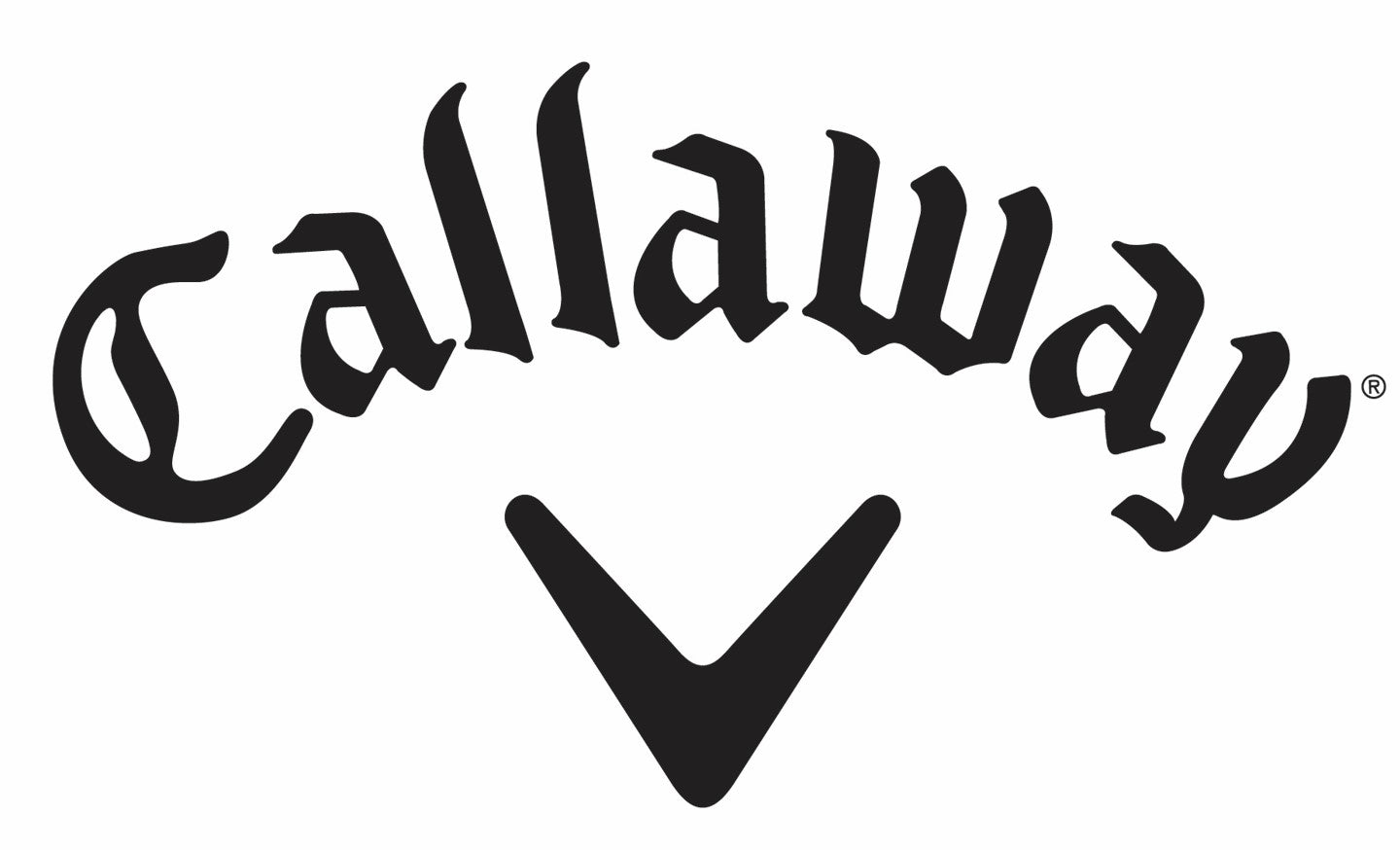Golf Stats, are they important?
This is a great question, and I believe there is a balance with this. I would agree knowing certain statistics are important as they provide us feedback on different parts of our game; however, they shouldn’t take over your game.
Why do they help?
Well, any form of performance stats done regularly will keep you focused, they are measurable and can keep you motivated as your practice/training is geared to achieving your goals.
Here’s examples of good basic stats to keep track of:
- Fairways
o How many fairways in regulation have you hit in a round. i.e. 6/14
- Greens
o How many greens have you hit in regulation. i.e. 9/18
- Putts
o How many putts have you taken for the round i.e. 34 putts for 18 holes
- Footage
o Adding up the distance of each putt you hole out, what does this total footage add up to
i.e. 57ft for 18 holes
- Up & Downs
o How many times have you up and downed (chipped on and single putted) in the round i.e. 2/9
- Putts per GIR (Greens in Regulation)
o Out of the greens you hit in regulation, how many puts did you have?
i.e. 9 greens 18 putts (average of 2 putts per green)
By keeping the stats listed above, after 7-10 rounds you can start to identify your strengths and weaknesses. Quite often statistics can be surprising for golfers, areas of their games that were thought to be weaknesses aren’t, likewise areas they believed to be strengths are weaknesses. With this information golfers can start to better target their practice and dedicate time to actual weaknesses highlighted from the statistics. Improvements can be made quicker.
As golfers we can quite often be lead with our emotions when we analyse our golf games, and the great thing with statistics is they give factual feedback on how each part of your game is performing. This is also useful when going for a golf lesson. Sharing your stats with your PGA professional can make lesson plans more specific to your golfing needs and help you achieve your goals much quicker.
To book your golf lesson please click the link below:
Why does there have to be a balance?
At the start of the blog, I spoke about the balance between statistics and other forms of analysis towards our golf games. An example of this could be a ‘missed fairway’ yet your golf ball is only an inch in the semi rough, is this a poor drive? Your putting stats could look incredible but in truth you’ve only hit 4 greens out of 18 and you’ve had several up and downs. Other examples include a ‘missed green’ yet the ball is on the fringe and only 10ft from the flag, is this a poor shot? This is where you need to look at your statistics rationally and be aware there will be some grey areas.
Feedback
The great thing about statistics is they offer feedback, where your strengths and weaknesses are, and great for measuring progress. This can be great for confidence building. If improvement isn’t happening the feedback from your stats can be used to alter practice or feedback to your coach.
Conclusion
Information is power, like knowing your numbers on Trackman, or your kinematic sequence from a 3D machine, the more information that is available allows for better decision making when working at your game. This increases motivation to practice and speeds up the learning process and improves performance.












